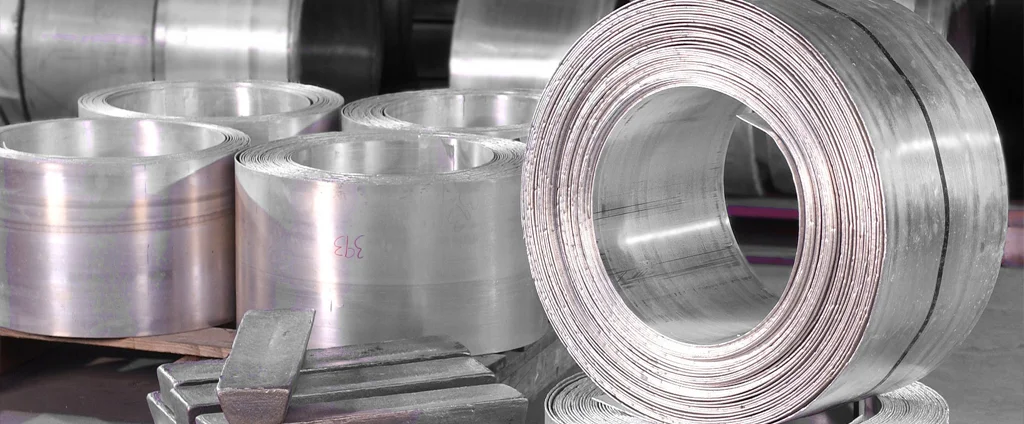Magnesium Elektron WE43B (UNS M18430)

Elektron WE43B is a patented high-strength magnesium casting alloy developed by Luxfer MEL Technologies for demanding environments up to 300°C. Known for its excellent strength-to-weight ratio and corrosion resistance, it is widely used in aerospace, automotive, and electronic applications requiring lightweight and durable materials.
| Chemical Composition | ||
|---|---|---|
| Element | Min | Max |
| Magnesium | 91.3% | 93.5% |
| Rare Earths | 2.4% | 4.4% |
| Yttrium | 3.7% | 4.3% |
| Zirconium | 0.4% | —— |
The following table provides a list of magnesium Elektron WE43B properties in both SI and US customary/Imperial units.
Click on the button to switch between Metric and Imperial units.
| Physical Properties | Metric |
|---|---|
| Density | 1800 kg/m3 |
| Mechanical Properties | Metric |
| Tensile Strength (Ultimate) | ≥ 220 MPa |
| Tensile Strength (Yield) | ≥ 172 MPa |
| Compressive Strength (Ultimate) | 323 MPa |
| Compressive Strength (Yield) | 187 MPa |
| Fatigue Strength # of Cycles 1.0e+8 | 80 MPa |
| Shear Strength | 160 MPa |
| Young’s Modulus (E) | 45 GPa |
| Elongation at Break | ≥ 2% |
| Poisson’s Ratio (ν) | 0.27 |
| Thermal Properties | Metric |
| Melting Point | 540 - 640 °C |
| Solidus | 540 °C |
| Liquidus | 640 °C |
| Thermal Conductivity | 51 W/m·K |
| Specific Heat Capacity (Cp) | 966 J/kg·K |
| Coefficient of Thermal Expansion (αL) | 26.7 1/°C |
| Electrical Properties | Metric |
| Electrical Resistivity | 1.48×10-5 Ω·cm |
The values in this table are approximate and can vary depending on various factors such as the specific manufacturing process and heat treatment applied to the alloy.
Advantages & Disadvantages of Magnesium Elektron WE43B
| Advantages | Disadvantages |
|---|---|
| High strength | High cost |
| Good corrosion resistance | Difficult to weld |
| Good machinability | Low thermal conductivity |
| Lightweight | Low melting point |
Applications of Magnesium Elektron WE43B
Elektron WE43B offers outstanding performance in weight-sensitive and high-stress environments across industries, including:
- Aerospace: Used in aircraft structures, such as wing spars and fuselage panels, to reduce weight and improve fuel efficiency. Also applied in landing gear components, such as struts and actuators, to enhance strength and durability.
- Automotive: Applied in engine blocks, cylinder heads, and suspension components to reduce weight and boost fuel efficiency. Also used in brake rotors and calipers to improve heat dissipation and reduce wear.
- Marine: Utilized in boat hulls, propellers, and rudders for reduced weight and better corrosion resistance. Also used in marine engines and related components for improved strength and durability.
- Racing: Integrated into racing cars, motorcycles, and bicycles to enhance performance through weight reduction. Also used in racing engines and parts for greater strength and longevity.
- Medical: Used in implants, prosthetics, and surgical instruments for lighter weight and enhanced biocompatibility. Also employed in devices like stents and catheters for improved durability.
- Electronics: Found in housings, brackets, and heat sinks for better thermal management and reduced weight. Also applied in circuit boards and connectors to increase strength and reliability.
